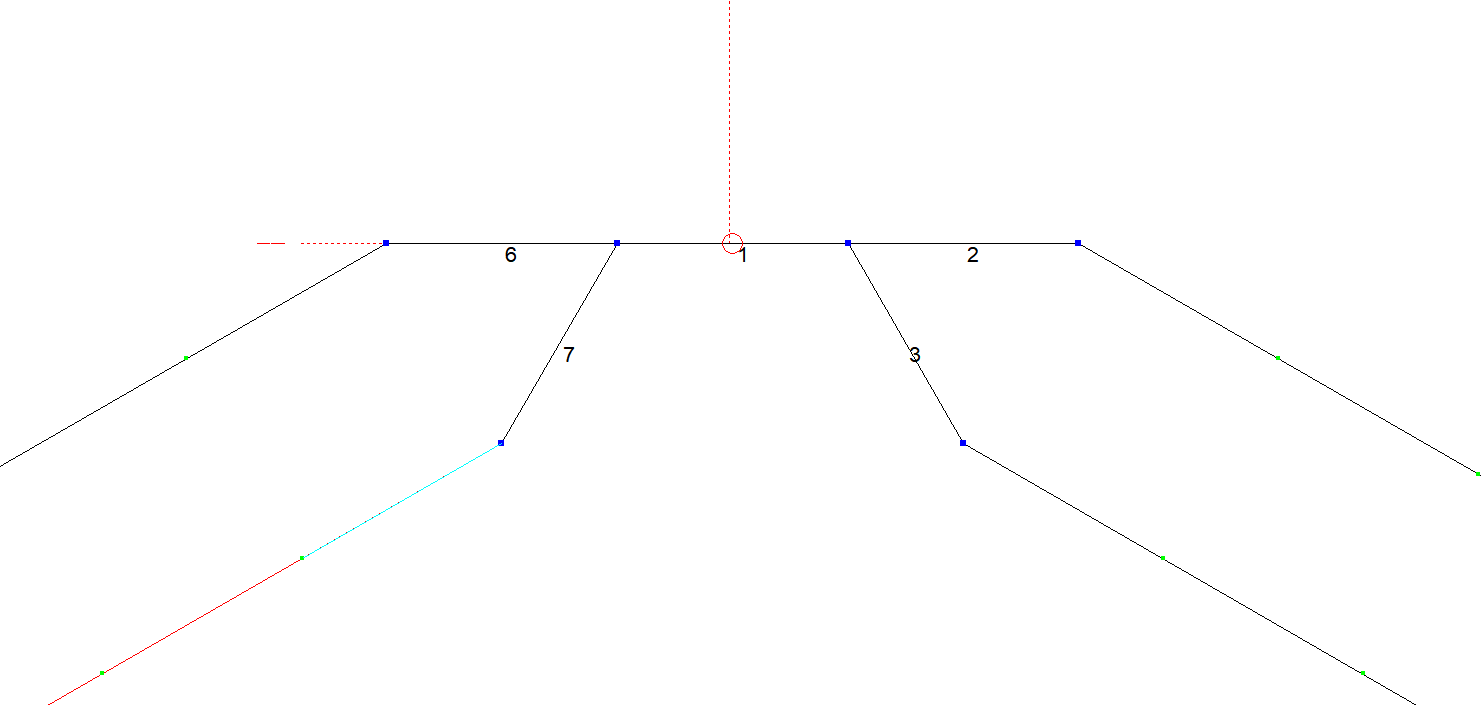I plan to put up a "fan inverted vee" but for various reasons I will not be able to take it down, adjust wire lengths, put it up, test, etc: I will basically have to cut the wires, put it up and leave it up there. So given I sort of have one shot, I want to get the most accurate estimate by doing some modelling of my actual geometry, which I am able to do in the excellent EZNEC package. I note that I do have an antenna tuner (MFJ Intellituner).
But here is the problem: when I create such an antenna with the inverted vees from different bands physically far apart, I get a good result (low SWR in desired part of band), but when I create something that looks a lot more like the fan dipole/vee antennas you see described in numerous places, I see the shorter wavelength antenna having a swr like 10+. I expect this is the wrong answer.
It may be that I have done something wrong in creating the model in EZNEC. I took the two band case (40m/20m) and created the basic antenna by using a short (one foot) central wire on which I place the source. Then I have 40m and 20m wires coming out from the ends of the one foot section.
When the 40m section is a dipole (straight line) and the 20m section drops 35 degrees from each end, the swr looks very good for both bands (well under 2:1 in the desired band segments). But if I then drop the 40m wires by 30 degrees on each side (so they are close-ish to the 20m wires), the 40m swr looks fine but the 20m swr is in between 10 and infinity in the region of interest.
Being a beginner with EZNEC, I suspect it is me doing something wrong! Below I attach from EZNEC 1) the dipole configuration 2) the source set-up 3) the "fan inverted V" configuration and a diagram showing the antenna.
I note that I am using the "demo" version with a maximum of 20 elements. Might this be why the antenna seems to not "work" in EZNEC?
Thanks






